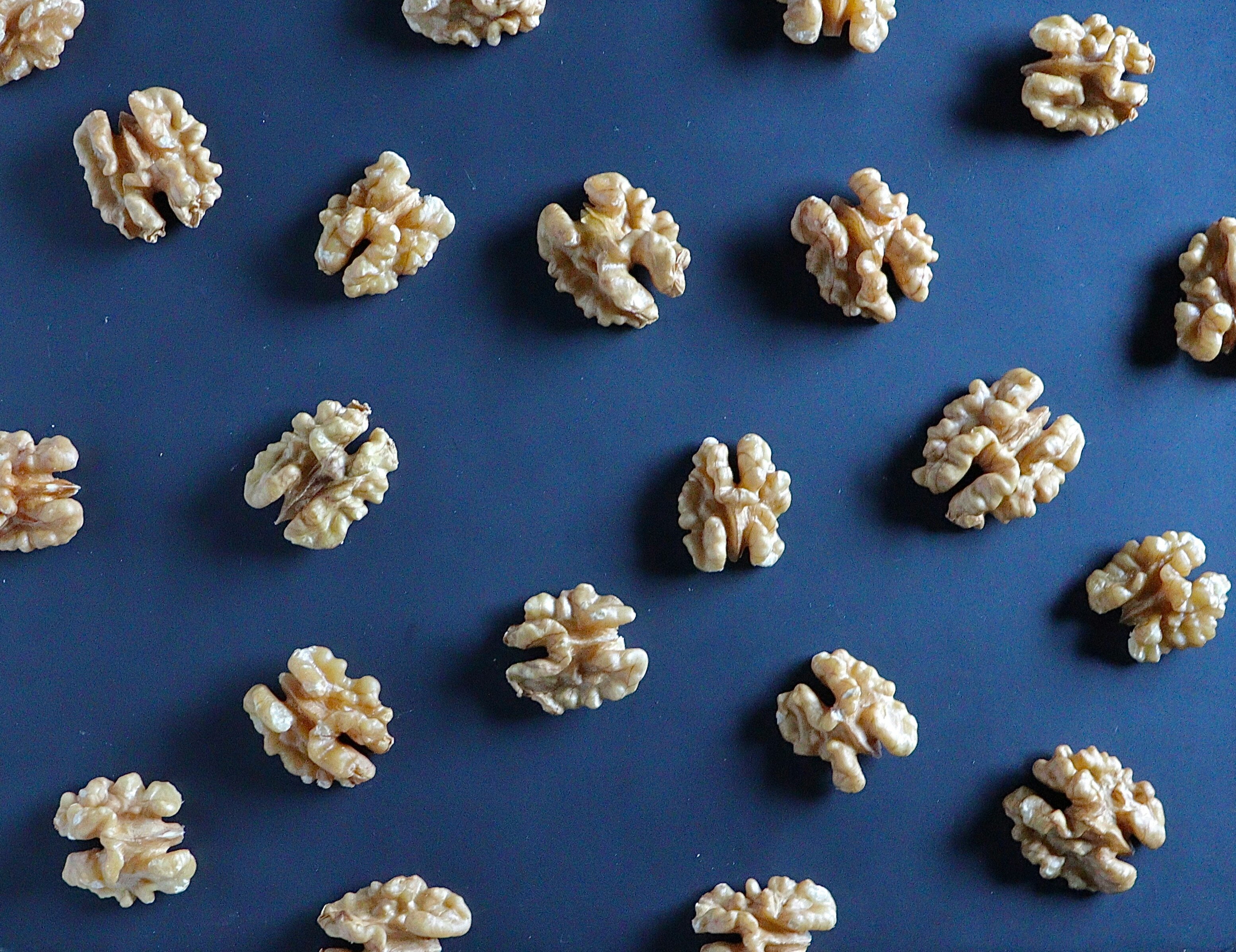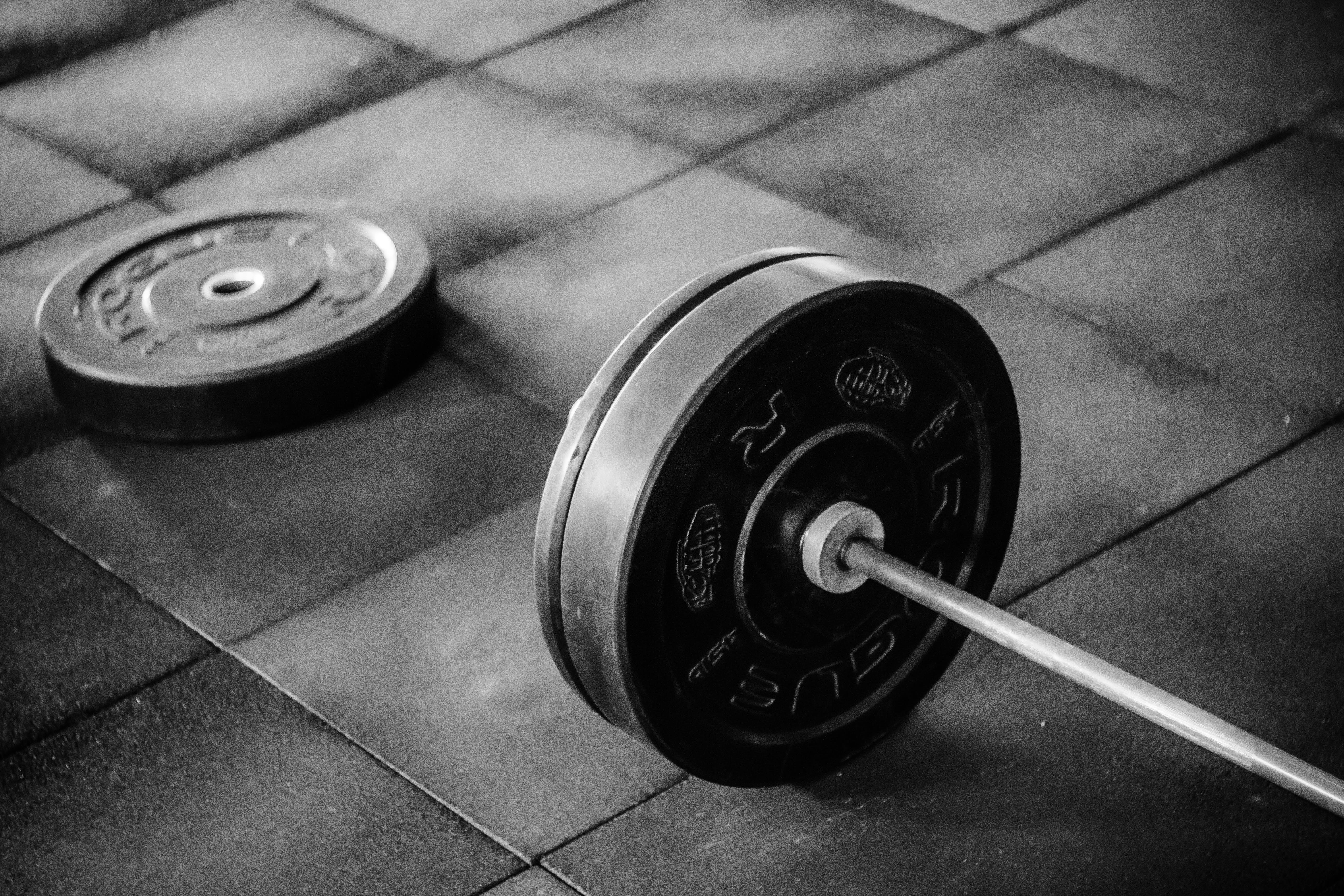Survival of the Fittest
There’s a high probability you’ve heard that diet and exercise are important for overall health. It sometimes seems too simple to be a solution to the chronic disease epidemic in the Unites States. Can a workout really rid you of poor health symptoms and improve health? Well, maybe not just one workout. But there is increasing evidence of how and why building muscle can decrease the risk for disease, increase longevity, and improve your overall quality of life.
Muscle 101. Muscle is a tissue in your body that is responsible for movement. There are three types: skeletal, cardiac, and smooth. Cardiac muscle is found in your heart and helps it pump blood throughout the body. Smooth muscles are found in other organs to help them function properly, like allowing your lungs to expand so you can breathe. Cardiac and smooth muscle are involuntary, meaning they do their job without you thinking about it.
Skeletal muscles work with your bones, tendons, and ligaments to support and move your body. Skeletal muscles are voluntary, meaning they move when your brain tells them to, like pointing your finger or taking a step. Training these muscles to become bigger and stronger and more stable helps you keep up with your grandchildren as you age, have the energy to plan a night out with friends, or go on that national park adventure on your bucket list.
Muscle is for everyone. Building muscle isn’t just for young people, it’s not just for men, and it is not just for looks. Building muscle is for all people, regardless of age, current ability, or experience. A recent review of 38 studies which involved a total of almost 2 million people found that “higher levels of upper- and lower-body muscular strength are associated with a lower risk of mortality in adult population, regardless of age and follow-up period.” What does this mean? It means that having more muscle reduces your overall risk of death by 30%. And if you’re a female, this jumps to a 40% reduced risk of death overall. A general reduction in risk of death makes sense when you look at all the ways muscle benefits your health.
Injury reduction. Building muscle helps you have better stability, balance, and posture which can reduce injury risk by 70%.
Fat loss. As the muscle mass on your body increases, so does your basal metabolic rate (BMR). This is the number of calories your body burns to perform basic functions, like breathing and cellular processes. In other words, the more muscle you have, the more calories you burn throughout the day.
Blood sugar regulation. Muscle helps clear glucose (sugar) from the blood after eating a meal. When muscle is desensitized to insulin, glucose clearing is delayed, causing elevated blood sugar levels. Over time, this can lead to insulin resistance or type 2 diabetes. Increased muscle mass can help increase utilization of glucose and maintain insulin sensitivity.
Bone health. Movements that increase your muscle mass also help increase bone mineral density. This is especially important as you age and in women who make up 80% of Americans with osteoporosis.
Cognitive function. Muscle mass gives you more than just brawn. There is emerging evidence of muscle strengthening improving cognitive function in older adults.
Mood. A meta-analysis study found strength training to significantly reduce depressive symptoms among adults.
Protects joints. Joint pain is typically caused by weak muscles surrounding the joint. Strengthening these muscles can help you protect your joints and reduce joint pain.
Heart Disease. Muscle strength has been found to reduce the risk for heart disease and death by a whopping 30% in women. There is also some evidence that strength training can improve HDL, triglycerides, and blood pressure.
With all the ways muscle can help improve your health and reduce your risk for disease, it’s clear that building muscle can improve your quality of life. You might feel intimidated to start, but building muscle can look different for everyone depending on your goals and comfort level.
Resistance training, which refers to anything that resists your movements, helps you build muscle. It can be done with body weight movements, with free weights or resistance machines in a gym, using kettlebells or dumbbells in a gym or at home, or using bands and straps. Start with simple movements and a lighter weight. As you get stronger and more comfortable with form and movements, you can increase intensity and weight. Try attending a ViaroFit class to learn more or to try something new. If you want 1 on 1 assistance, fill out a ViaroFit Personal Training Interest Form here.
You are what you eat. Your diet also plays a role in your body’s ability to build muscle. When you exercise, your muscles get little tears in them. Protein comes in and helps repair the muscles so they can grow bigger and stronger. Therefore, it’s very important to consume enough protein. A general recommendation is to consume half your body weight in grams of protein. For example, if you weigh 150 pounds, start with a goal of consuming 75 grams of protein. The more muscle you build or the more you strength train, the more protein you may need to consume. Learn more about why protein is important from ViaroFit nutrition coach and personal trainer, Ashley Wenger here.
If you’re interested in living a long healthy life, reducing current chronic conditions or preventing future ones, keeping up with your kids or grandkids or just enjoying your life a little more, building muscle is for you. Focus on what your body can do and give it the movement and strength it deserves. You are strong – go prove it to yourself.
Lila Tully, CHES
Health Education Specialist, ViaroThrive
For questions or comments, contact wellness@viarohealth.com.



